Einhaus of iES addresses attendees of BOMA NY
/New York, NY After an active summer break, BOMA New York re-engaged its Lunch & Learn program and welcomed another sold out crowd to its midtown office for a presentation by Eddie Einhaus, general manager of Integrated Energy Services (iES).
Einhaus greeted the assembled group of owners, managers and professional service executives, quickly got acquainted with the group and encouraged engagement throughout his presentation all about energy – how it gets to a building; how to optimize; and how to drive NOI, while reducing carbon emissions.
Einhaus said, “The new paradigm with today’s electric grid is that demand management is just as important as energy efficiency and in some cases it’s more important.” He followed his statement by explaining that he is going to help analyze and comprehend a ConEd bill, as well as present three methodologies for cost recovery, cost avoidance and revenue generating solutions.
The GM of iES showcased a sample ConEd bill on the flat screen and carefully reviewed the differences between supply charges, delivery charges and total cost. He explained that ConEd determines its dollars per k/w is based on demand peaks and emphasized that if owners control their peak demand, they will be able to better control escalated bills.
Einhaus then transitioned to a review of how a typical commercial building consumes energy. He pointed to a simple pie chart that demonstrated how HVAC systems expend the majority amount of energy, followed by lighting. With those data points in mind, he explained that if you’re operating an energy conscious building, there are three possible routes to help optimize a building.
He began with a baseline saying, “If you’re operating any building anywhere in the world, an Energy Information Management System is a must. If you can see it, you can manage it.” He said that an EIMS will result in 3% to 7% reduction in OpEx.
The next level is looking at an Integration of Systems – combining the EIMS with a BMS. This collaboration of data helps operators achieve the ideal comfort levels throughout the building and can result in a 10% to 15% reduction in OpEx. Wellness and the quality of space is imperative to compete in any marketplace. Integration helps achieve comfort by using the least amount of energy. Einhaus emphasized that the investment in technology will not eliminate jobs. All of these systems still require an experienced operator to understand the metrics, identify the warning signs and adjust.
Lastly and because demand management is essential to energy efficiency, he told the room that a Grid Relationship Management System can achieve results of 20% to 25% in reduced OpEx. A Grid Relationship Management System ties into all building systems, as well as looks at submetering and the overall neighborhood grid. “It’s Big Data for buildings,” he said. Operators have the ability to collect, analyze and optimize. He said that when an operator understands energy usage, that operator can better understand occupancy and work the data into leases to generate revenue.
“There are clear economic benefits; societal benefits and environmental benefits. We need more buildings to be a part of the grid and the greater ecosystem,” he said.
